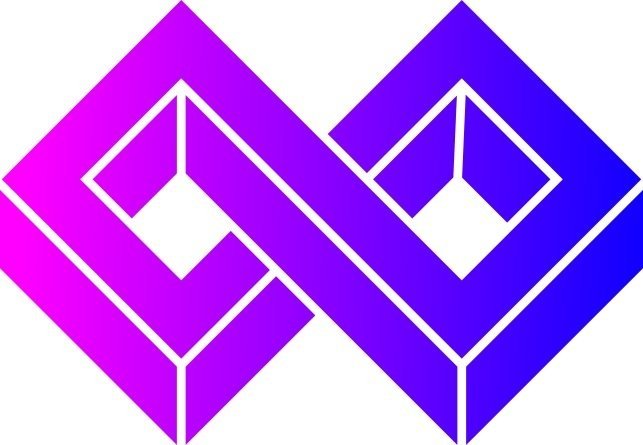Leading Through a Merger? Collaboration of the Fittest
KEY POINTS
Mergers test even the most seasoned leaders.
To help you, your team, and your organization thrive, elevate people who nurture relationships.
Organizations that optimize for good collaboration thrive amid complexity and change.
We call this collaboration of the fittest.
By Debra Mashek, Ph.D., and Nina Bianchi
While mergers and acquisitions may make sound business sense, they also kick up incredible collaboration challenges for team members and leaders alike.
Previously rote workflows become unfamiliar. The company’s north star becomes a dim point in a complicated constellation of competing visions. There are new colleagues to meet and work with, new systems to learn, and multiple product lines and databases to integrate. As team size increases, so too does the pressure to deliver more, and faster.
Changes to job titles, descriptions, and logos challenge individual and team identities. Turfiness, attachment to our way of doing things, and us-versus-them thinking impede team building. Redundancies in roles and skills put everyone on alert to the possibility of layoffs, fueling competition rather than connection. And, research published in the Journal of Organizational Behavior suggests that team members' reactions to change fluctuate over time.
All these moving parts mean that mergers test even the most seasoned leaders. This is true across sectors and at all levels of an organization.
If you’re trying to lead within this complex black hole, how can you solve for constant change and uncertainty?
To answer this question, let’s revisit a classic story from field biology.
article continues after advertisement
In 1848, naturalist RS Edleston spotted a peculiar moth in the city of Manchester. Whereas other moths in the area were white, this unique moth was almost entirely black. Over time, naturalists observed an increasing proportion of black moths. By the turn of the century, the vast majority of moths were black, rather than white.
Why is that? As the industrial revolution took hold, factory pollution darkened the trees where the moths lived. The dark moths became more difficult to spot by hungry birds. The white moths became an easy snack. Natural selection provided a survival advantage to moths whose features fit well within that changed environment.
What does this little biology lesson have to do with your ability to lead within the complexity and constant change of a merger? Leadership characteristics celebrated in the old environment—command and control, competition as king, concentrated power—may be a survival disadvantage in the new environment.
Thankfully, unlike the Manchester moths that were doomed if they didn’t happen to have the right characteristics at the right time, leaders can intentionally level up collaborative capacity. How?
First, you can develop your collaboration chops through intentional self-development, a point Deb Mashek (one of the authors of this article) makes in her book Collabor(h)ate.
Second, you can elevate the people in your midst who are well-equipped to nurture relationships and to craft the organizational conditions for collaboration to flourish. These people are critical to helping your organization thrive, not just survive, in this new environment.
As you look within your organization, ask these four questions:
article continues after advertisement
Who exudes kindness and a warm-hearted attitude? Look for people who are engaged communicators. These humanistic leaders draw others into collaboration and operational change with an optimistic spirit. They build trust through transparency and quickly gain buy-in with grace. These motivational communicators manage complexity in friendly ways that people can relate to. Collaboration follows.
Who creates learning spaces? Notice who in your organization brings people together and protects time for learning. These individuals naturally facilitate connections among people and their ideas. By bubbling up community around learning, they build social capital that’s vital to advancing organizational interests and collaboration culture. They spark intellectual electricity by bringing people together.
Who practices new methods to build better work experiences? Yesterday’s tools won’t solve tomorrow’s problems. It’s critical that you identify those people in the organization who already demonstrate a willingness and fluency to deploy design tools. These include service blueprints, journey maps, data visualizations, and technology interfaces that facilitate the co-creation in collaboration. Beyond benefitting the work experiences of people within your organization, these practices pay big dividends for customers down the line.
Who leads with play? To state the obvious, mergers are all about change, and change is hard. It takes a toll on employees, causing stress, fatigue, and even burnout. Change becomes easier when the work becomes enjoyable. Play in the workplace fosters conviviality between employees and leads to more resiliency. Cooperative play, such as gamification, role-playing, or futuristic scenario planning, mitigates risk before permanent change rolls out. Solicit support from imaginative people to plan. Begin with play.
Who thrives when multiple environments have been haphazardly merged? The collaborators. They bring unparalleled value to the organizations they serve. And organizations that optimize for these characteristics thrive amid complexity and change.
A special case of survival of the fittest, this is collaboration of the fittest.
——-
References
Belschak, F. D., Jacobs, G., Giessner, S. R., Horton, K. E., & Bayerl, P. S. (2020). When the going gets tough: Employee reactions to large‐scale organizational change and the role of employee Machiavellianism. Journal of Organizational Behavior, 41(9), 830–850. https://doi-org.ccl.idm.oclc.org/10.1002/job.2478
Mashek, D. (2023). Collabor(h)ate: How to build incredible collaborative relationships at work (even if you'd rather work alone). Great Britain: Practical Inspiration Publishing.
